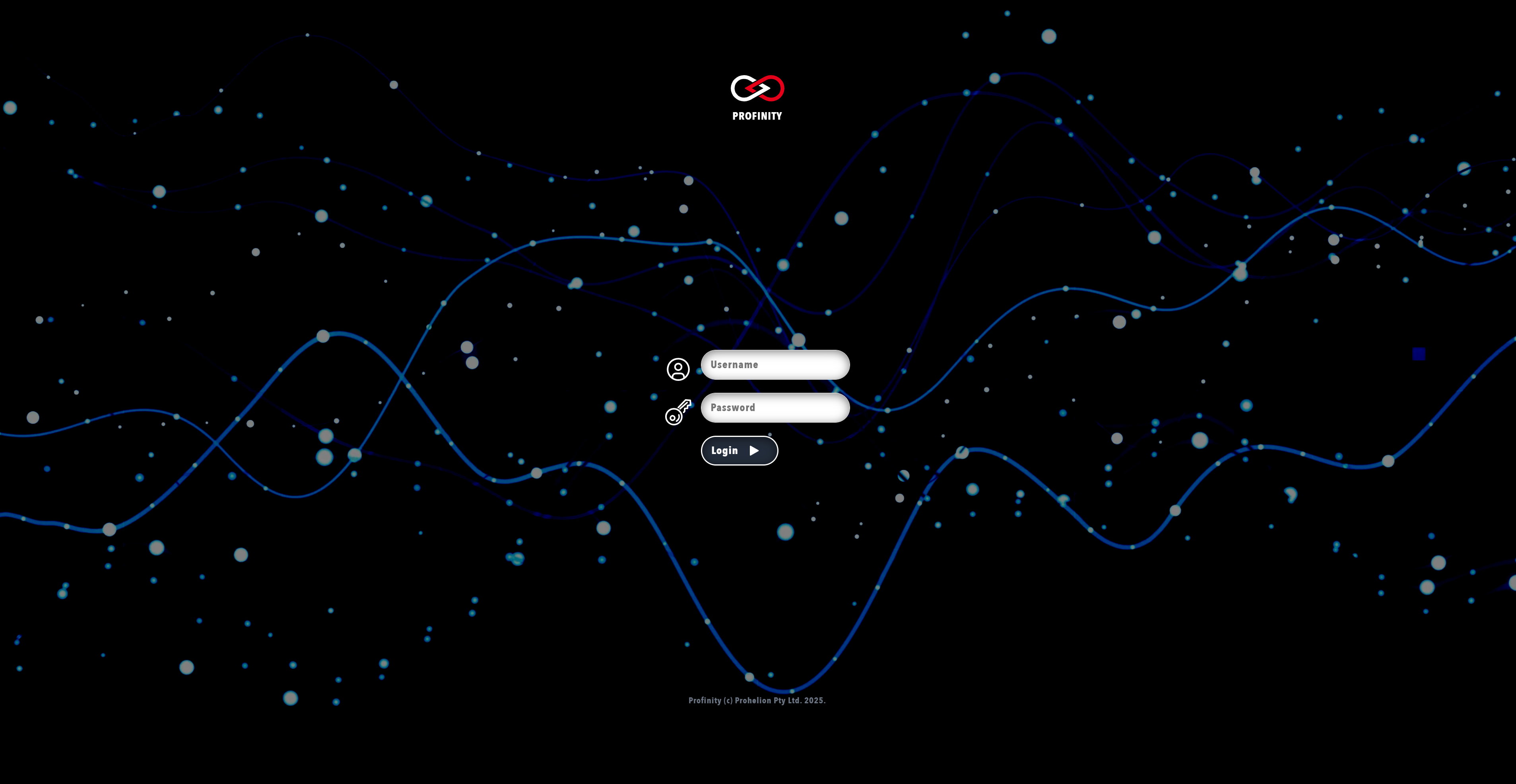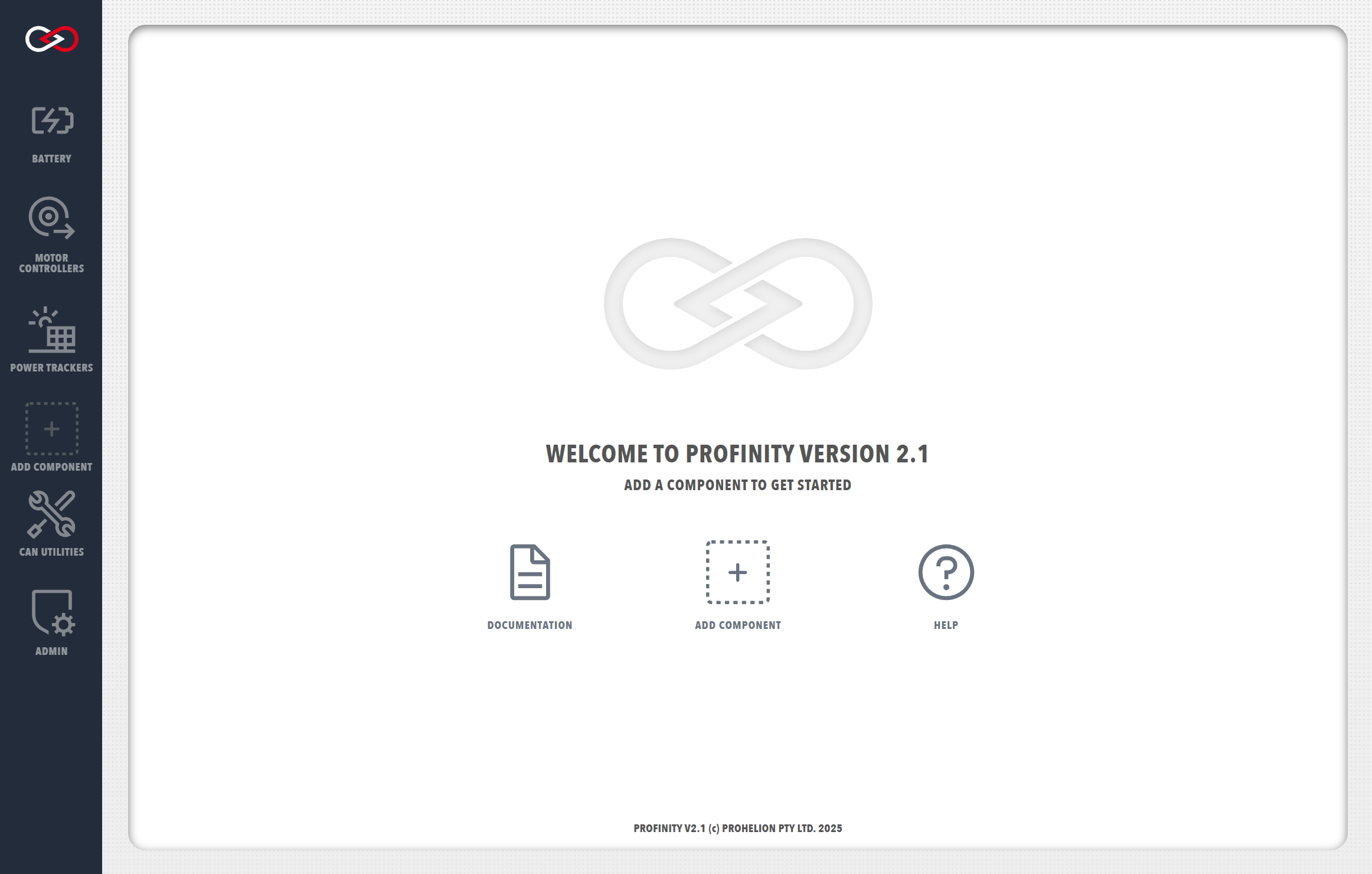Profinity V2 IS NOW IN EARLY ADOPTER RELEASE
Profinity V2 is available now in Early Adopter Release. To support this release we are making the product available to our Early Adopter Community. If you have any issues or feedback please report it via our support portal or via the Feedback form in the Profinity Admin menu.
Installing Profinity On Docker
Available Profinity Releases
Profinity is currently available on Windows machines as a standard desktop application, for selected Unix Platforms (including macOS and Linux) and as a Docker container for Docker enabled environments and Cloud setups.
Installation using Docker
Profinity can be deployed onto most devices capable of running Docker, including macOS and Linux machines as well as several single-board computers such as Raspberry Pi, BeagleBone Black, etc.
Prerequisites
The following items are required to be able to install Profinity:
- Docker installed on the target device
- A device capable of running ASP .Net 9, with Docker support from Microsoft
- Docker Compose installed on the target device (included with Docker Desktop, available as plugin on Linux machines)
- A suitable CAN adaptor for the target device
Simple Setup
Profinity V2 is currently in Early Adopter Release
When using Profinity V2 on the Docker Early Adopter Program you are going to be working with us up on the development release. As such things could change rapidly and in unexpected ways! Please contact Prohelion Support if you have issues or provide us Feedback in Profinity.
On the target device, create a new empty directory and a file titled docker-compose.yml in the new directory. The contents of the docker-compose.yml file should be
services:
profinity:
image: prohelion/profinity:latest
restart: always
#On linux hosts you can run in host mode to enable autodiscovery
#network_mode: host
ports:
- 18080:18080
- 18443:18443
- 5000:5000
- 4876:4876
For more information about Docker Compose, see the official Docker documentation.
Directly Accessing Devices
Docker deliberately does not expose all devices through to the containers that run the applications. In some cases you may wish to expose additional devices to Docker so that you can access things like SocketCAN Natively or discover components that use UDP for broadcasting. See the official Docker documentation for how to expose these devices to your Docker container.
Starting and Stopping Profinity
The Profinity Docker container is started and stopped using commands from the Docker Compose toolset. First, navigate to the original directory (the one containing the docker-compose.yml file). Then, to begin Profinity, enter docker compose up into the command line.
To do so open the URL defined in the Admin / System Configuration / Web panel (i.e., http://profinity:18080) to access the Profinity web client. For users that followed the default setup procedure, the default URL is http://localhost:18080 on the local machine or the IP address of the machine and http://[Your IP Address]:18080 if accessed remotely.
Connecting to the Profinity web client will direct you to the Profinity login page.
A fresh install of Profinity will only have the administrator user active. To log in, use the following login details.
Username: admin
Password: password
After logging in, you will arrive at the Profinity homepage.
To stop Profinity, enter docker compose down into the command line.

